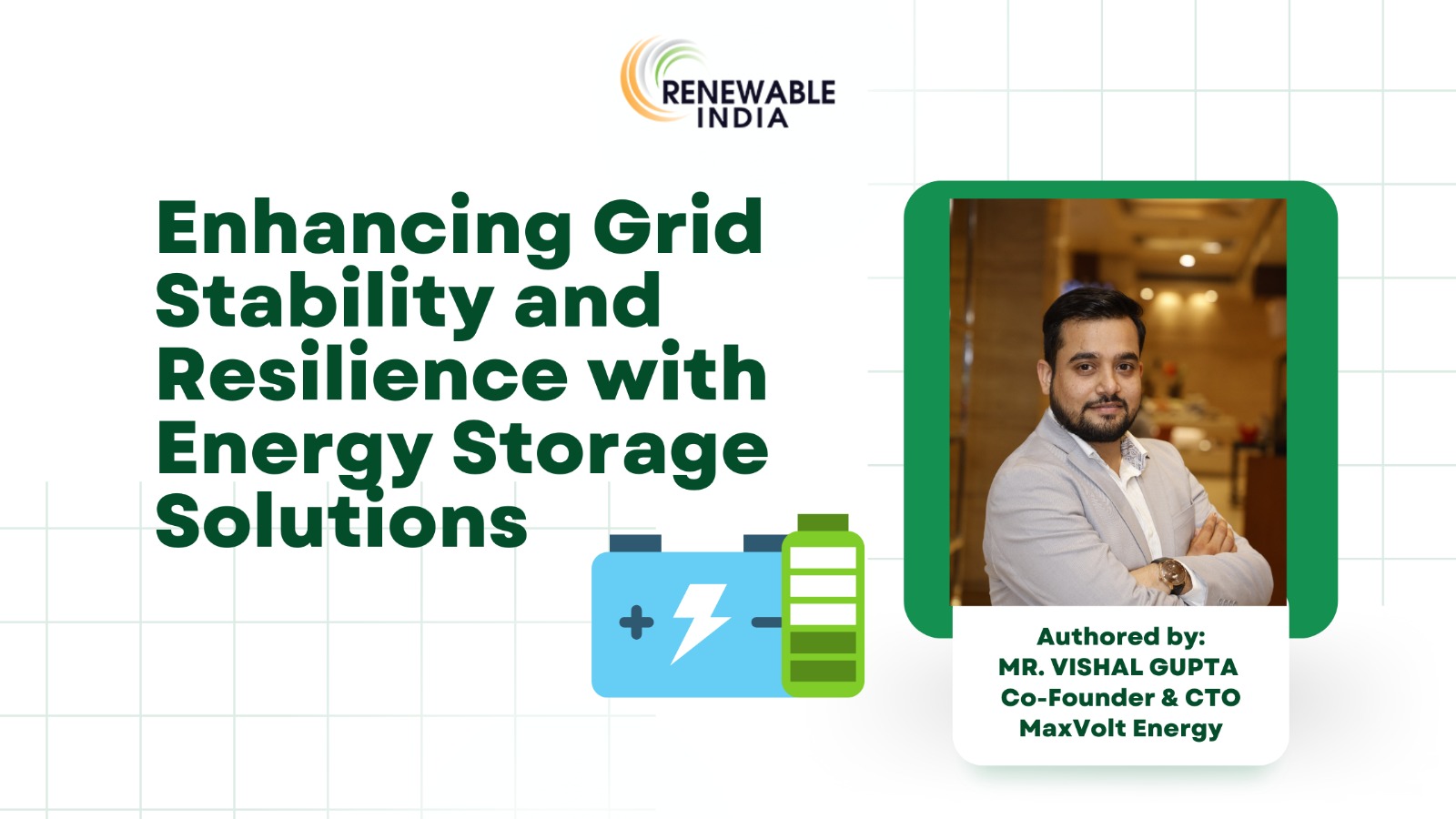
India’s power demand has seen a 7.8% increase in 2023-24, reaching 1,622 BUs, and experts predict a 6-6.5% growth in 2024-25. The country’s peak power demand reached 250 GW in 2024, and it is expected to reach 334 GW by 2029-30, with a compound annual growth rate of 7.09% for peak electricity demand and 6.12% for electrical energy requirements. However, the evolving energy landscape raises concerns about grid stability and reliability.
Transmission and distribution losses in India’s electricity infrastructure are a result of outdated technology, inadequate infrastructure, and technical failures. To improve grid stability, smart grid technology, enhanced transmission and distribution infrastructure, and energy-efficient practices can be implemented. Advanced energy storage technologies are emerging as a proven solution to these challenges, allowing businesses to meet energy demands while thriving.
Energy storage is a vital component in grid management, providing services that enhance the stability, reliability, and efficiency of electrical grids. It helps balance supply and demand, ensuring stable operation amidst fluctuating demand patterns and renewable energy sources like wind and solar. Energy storage systems can store excess energy during low-demand periods and release it when demand exceeds supply, preventing blackouts or brownouts. They also address the variability and intermittency of renewable energy sources, storing surplus energy during high renewable output and discharging when renewable generation is low, ensuring consistent power supply. Additionally, energy storage can provide ancillary services like frequency regulation and voltage support, ensuring stable operation. It also facilitates the integration of distributed energy resources (DERs) into the grid, reducing stress on distribution infrastructure and enhancing grid resilience.
Battery energy storage systems (BESS) and pumped hydro storage (PHS) are widely used in India for energy storage solutions, with green hydrogen expected to become a more significant part of the renewable energy mix. The Central Electricity Authority predicts India will require 42GW of BESS and 19GW of PHS capacity by 2030. BESS uses lithium-ion batteries to react quickly to grid variations, offer load-balancing grid frequency management, and store excess energy during low demand and peak demand.
BESS is crucial in modernizing the grid by providing flexible and rapid-response capabilities as the energy sector transitions from traditional thermal generation to renewable production, primarily from solar and wind. It contributes to grid stability by maintaining the balance between electricity supply and demand, ensuring the grid’s frequency remains within a narrow range, and providing reactive power support to stabilize voltage levels.
BESS can also help load balance and peak shaving, storing energy during off-peak periods and releasing it during peak periods, enhancing grid stability for additional power generation capacity. Battery-based storage systems can also store excess renewable energy generated during high production periods and release it when production is low, ensuring a steady and reliable supply of electricity. In the event of a major grid outage, BESS can provide the necessary power to restart traditional power plants, reducing downtime and enhancing grid resilience, especially in remote areas or regions prone to natural disasters.
In response to BESS’s rising contribution to grid stability and resilience, its demand in the global market is increasing in leaps and bounds. The BESS market is experiencing significant growth due to the growing demand for renewable energy, advancements in battery technology, and the need for grid stability. The market size was valued at USD 9.68 billion in 2024 and is expected to reach USD 95.56 billion by 2034, growing at a CAGR of 28.6%. Key market drivers responsible for the soaring demand include increased renewable energy adoption, declining battery costs, grid modernization, and the rise of electric vehicles. Government policies and incentives are also driving the deployment of BESS systems, aiming to reduce carbon emissions, increase energy security, and promote clean energy technologies.
Energy storage plays a crucial role in balancing supply and demand, integrating renewable energy sources, and enhancing grid resilience. It can provide backup power to emergency shelters, hospitals, homes, businesses, and neighbourhoods during grid outages. Moreover, small businesses and industrial customers can save money on electricity bills by shifting loads away from peak times.
Despite challenges like economic barriers, technological constraints, regulatory complexities, and environmental considerations, advancements in technology and policies are driving progress towards cost-effective and efficient storage solutions. However, by realizing the full potential of energy storage solutions, policymakers, industry stakeholders, researchers, and communities can foster an environment of innovation and research in this sector.
Empowering Kashmiri Artisans through Renewable Energy and Sustainability
Leave a Reply